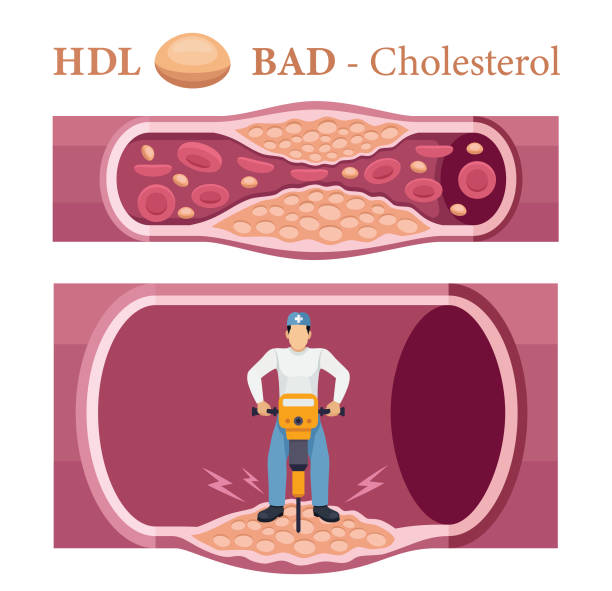A positive blood type, often referred to as A+, has specific dietary recommendations to promote overall health and well-being. While individual nutritional needs may vary, here is a general guide for a positive blood type diet:
1. Protein Sources:
Lean Meat: Opt for lean cuts of poultry, turkey, and chicken.
Seafood: Incorporate fish like salmon, trout, and mackerel for omega-3 fatty acids.
Plant-Based Proteins: Include tofu, lentils, and beans for alternative protein sources.
2. Vegetables:
Leafy Greens: Emphasize spinach, kale, and collard greens for their nutrient density.
Colorful Vegetables: Include a variety of colorful veggies like peppers, carrots, and broccoli for antioxidants.
3. Fruits:
Berries: Enjoy berries such as blueberries, strawberries, and raspberries.
Apples and Cherries: These fruits can be beneficial for A+ blood types.
Pineapple and Papaya: Add tropical fruits for a refreshing touch.
4. Grains:
Whole Grains: Opt for whole grains like quinoa, brown rice, and oats.
Buckwheat: Incorporate buckwheat into your diet for its unique nutritional profile.
5. Dairy and Alternatives:
Low-Fat Dairy: Choose low-fat or fat-free dairy products like milk, yogurt, and cheese.
Plant-Based Alternatives: Almond or soy milk can be suitable alternatives for A+ blood types.
6. Fats and Oils:
Olive Oil: Use olive oil for cooking and dressing salads.
Flaxseed Oil: Consider flaxseed oil for its omega-3 content.
7. Beverages:
Green Tea: Green tea is rich in antioxidants and can be a good choice for hydration.
Water: Stay well-hydrated with ample water intake throughout the day.
8. Herbs and Spices:
Turmeric: Incorporate turmeric for its anti-inflammatory properties.
Ginger: Use ginger for flavoring and potential health benefits.
9. Foods to Limit or Avoid:
Red Meat: Limit the consumption of red meat, especially processed meats.
High-Fat Dairy: Reduce intake of high-fat dairy products.
Processed Foods: Minimize processed and refined foods.
10. Meal Planning Tips:
Balanced Meals: Aim for well-balanced meals with a combination of protein, vegetables, and whole grains.
Portion Control: Practice portion control to maintain a healthy weight.
Regular Meals: Eat regular meals and include healthy snacks if needed.
Remember, individual responses to foods can vary, and it’s essential to listen to your body. Consulting with a healthcare professional or a registered dietitian can provide personalized advice based on your specific health needs and goals.

